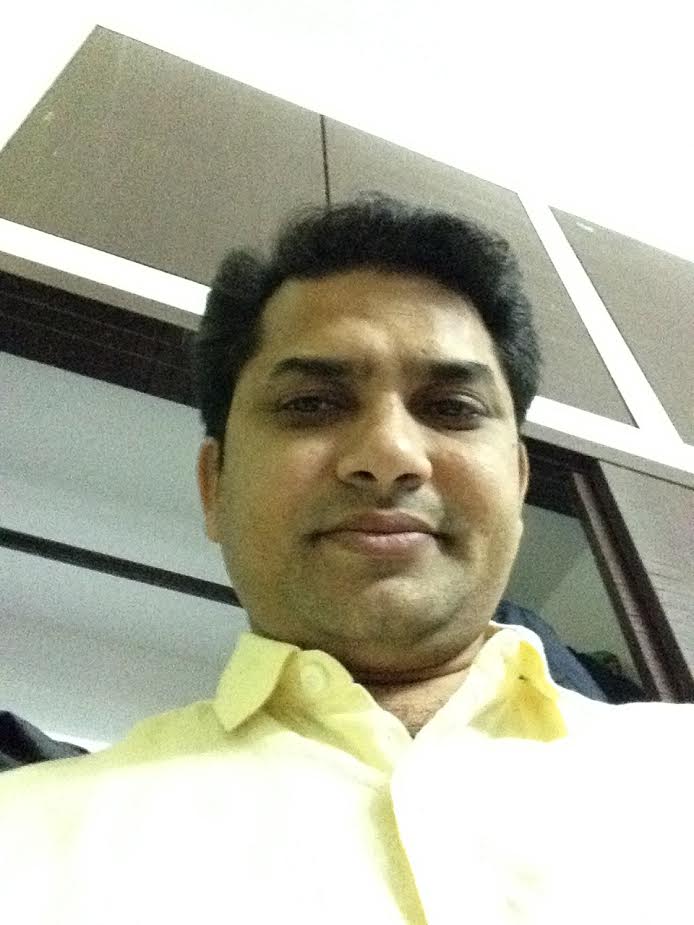Jyoti Nisha
 What’s common between the fisherman’s son Parshya from Nagraj Manjule’s film Sairat, and the real life of a 24-year-old Pranay, a Bahujan from Mala community from Telangana, Hyderabad who was hacked to death in front of his 21-year-old pregnant wife who belonged to the Komati caste (who claim to be Vaishya), an upper caste?
What’s common between the fisherman’s son Parshya from Nagraj Manjule’s film Sairat, and the real life of a 24-year-old Pranay, a Bahujan from Mala community from Telangana, Hyderabad who was hacked to death in front of his 21-year-old pregnant wife who belonged to the Komati caste (who claim to be Vaishya), an upper caste?
It was love, exogamy -transgressing the religious Hindu order, and identity -social location – lower caste man marrying an upper caste woman; thereafter the looming fear of punishment and eventually a ‘ritual sacrifice’ – the shedding of the blood – for transgressing; breaking the sacred law of the Brahmin religion. You see, a ‘sin’ was committed, pollution had occurred; and the ‘deed’ had to be atoned for one way or the other. By way of murder, by way of teaching a lesson through the sacrifice of a human life, by way of once again attempting to show that love is lesser than hatred; by once again instilling fear just as criminals do, and showing caste superiority and patriarchy. They were following the diktats of Brahmin dharma as Manu had defined for Hindu society:
At no time should a woman be allowed independent existence. In childhood, she must be under her father, after marriage under her husband, and in old age under her son, because she is unworthy of freedom (Na streeswatantryamarhati).
Manu considered women lesser beings and equated them to ‘Shudras’ and beasts of burden. In his seminal work ‘Who were the Shudras?’, Ambedkar had attempted to explain the formation of the Shudras; the lowest caste in the hierarchy of the Hindu caste system. Visibly, the power trip of the higher castes is so high, that it demands the human sacrifice to perpetuate their play of caste superiority and regrettably the sacrifice is always of a Bahujan body.
The term Bahujan comes from Buddha’s “Bahujan Hitay, Bahujan Sukhay”. Bahujan (Scheduled Castes, Scheduled Tribes, and Other Backward Classes) is a political identity that Saheb Kanshi Ram brought to the forefront through his Bahujan movement; essentially a ‘self-respect’ movement, it unified the 85% of marginalized people of India into one identity. He converted Buddha’s social, material and spiritual philosophy into a political identity. The Bahujan’ lives operate under the hegemony of 15 % upper castes in India – in the ascending order of varnas, they would be Vaishya, Kshatriya and at the top, Brahmins. These twice-born castes fill almost all the positions of power in the government, law & order, judiciary, academia, media, art and cinema besides business and religion.
In the case of Pranay and many others like him who also chose to marry inter-caste, a transgression of the Brahmin order and subsequent caste pollution had occurred, therefore a punishment was deemed a must. This punishment of death for a Bahujan man’s body is the result of an interaction with an ‘upper-caste female body’ in essence.
Caste pogroms feature two forms of hate – collective humiliation and economic destruction. In the first case, the women are stripped, paraded naked, raped and molested in public. Recall Bhanwari Devi, Phoolan Devi, Priyanka and Rekha Bhotmange, Delta Meghwal and the Kathua victim (gang raped in a temple), Unnao victim (whose father was killed in police custody), Saharanpur violence – women are lynched and physically attacked by upper caste Thakur men. Second, qualified /employed youth are targeted and killed and their basis of livelihood or survival is attacked by upper caste people. Assets like household goods and vehicles are damaged, houses are burnt, and wells poisoned. Pranay was the victim of the second kind of caste violence.
So if we try to understand ‘body’ as a ‘site’ representative of a community, this system works to perpetuate the terrorizing of the Othered population – the Untouchables and the Most Backward Castes (MBCs), essentially a ‘Bahujan body’ – by targeting the body of the woman as representative of the community which needs to be “taught a lesson”.
The process is however reversed if a male from a lower caste dares to romantically interact with a caste woman, as due to religious transgression; it often results in death for sure and that’s what has been happening with Bahujan men in India. They do this not because they love or honour their women more, but because the honour of their community resides in the woman’s body and as Ambedkar said, ‘Women are the gateways of caste-system’. This system of caste perpetuation continues by controlling the sexuality of a woman and thus perpetuating purity and superiority of the Brahmin caste order.
Honour is valued higher than the life or the body of the individual as is made clear by the numerous (dis) honour killings and the latest victim was Pranay. It was forbidden by convention (marrying a cousin, or someone from the same village or gotra, or from lower or other caste) for Amrutha, being a woman from upper caste, to fall in love with a lower caste man. This transgression demanded a sacrifice and the sacrifice was the life of Pranay.
British archaeologist R Campbell Thompson maintains that religious institutions have been molded by belief in evil spirits rather than the faith in good divinities. This ritual offering of a human body– is a ‘rite of passage’ to recruit religious loyalties, as was done in many ancient civilizations–Babylonian, Hebrew and Hindu.
Hubert and Mauss, the two French scholars, explained, “Sacrifice is a means by which the profane attains communion with the sacred.”
Doesn’t the totemic sacrament- that is, the ‘slaying of an animal’, regarded as divine in order that the community may partake of the divine life, sound familiar to that totemic sacrament of slaying of (men/women of) Bahujan bodies who transgressed the divine order of the Brahmin religion (breach of a taboo of marrying outside caste) via exogamy regarded as ‘profane’?
The situation of Bahujan women and children, especially of the girl children, are worse off than almost anywhere in the world. The individual assertion or religious conversions are often met with severe sectarian violence and murders. Lives of young people such as Pranay which are taken away are crying examples of caste violence and this demands reform in the social, spiritual and political consciousness of the citizens of this country. 21- year old Amrutha’s demand for justice for her dead husband is not only a legal one but a long drawn answer to every casteist person in this country who need an imperative change within their own consciousness before they talk about love, justice or spirituality.
~~~
Jyoti Nisha is an independent Writer/Film-maker/Illustrator and Scholar based in Mumbai, India. She is an alumnus of the prestigious, Indian Institute of Mass Communication, New Delhi, and Film and Television Institute of India, Pune. Currently, she is pursuing MA in Media and Cultural Studies at Tata Institute of Social Sciences, Mumbai, and making a feature length documentary film on Dr. B. R. Ambedkar.










